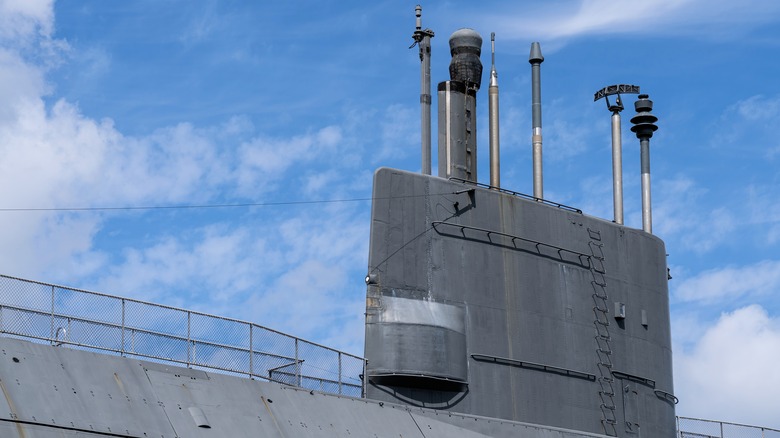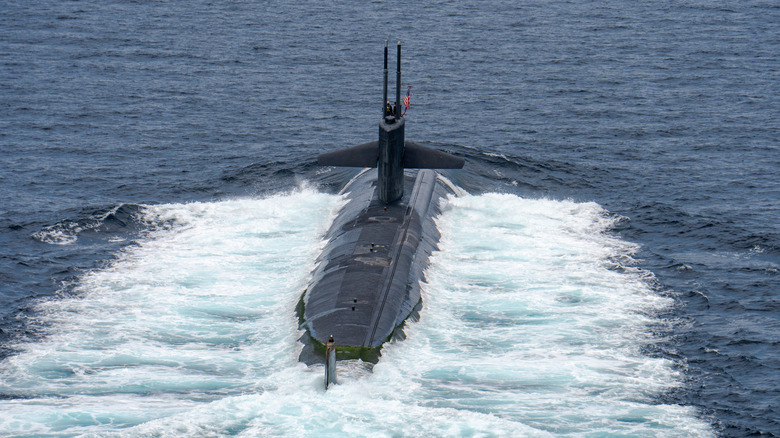How Do Diesel Submarine Engines Work While Underwater?
The age of diesel-powered submarines began in 1912, and these subs dominated the waters for more than 40 years, through both World War I and World War II. In the U.S., this era ended when the last diesel sub was decommissioned in 2007, well after the first nuclear-powered vessel was commissioned in 1954. Currently, all of the U.S. Navy's submarines are powered by nuclear reactors, but several other countries are using diesel-electric subs, including Italy, Germany, and Japan.
Diesel-electric subs have some benefits over nuclear-powered variants. Modern nuclear subs can stay submerged for long periods of time without surfacing and operate at high speeds. Diesel-electric subs are slower and can't stay submerged for as long, but they are quieter, less expensive, and easier to manufacture.
Diesel engines use combustion, which requires a constant supply of air, so how do diesel submarine engines work while underwater? The answer is, they don't — not really. These subs are actually a type of hybrid vehicle, using both diesel motors and electric engines, depending on whether it's on the surface or submerged beneath the water.
Surface versus submerged operations
Submarines don't spend their entire existence below the water. When a diesel-electric sub is on the surface, it uses the diesel engines to move, burning fuel to provide power to the propellers. This is similar to how a diesel engine works on a ship. Some can use their diesel engines when they're submerged just below the surface by using a snorkel to provide air to the engines, but submerging deep under the water's surface requires a completely different system.
To dive, diesel-electric subs must shut off their diesel engines and switch to its electric motors powered by batteries, which are connected to the same propellers that operate via the diesel engines when on the surface. Power is generated for these large rechargeable battery banks by the diesel engines or via generators. Not only do the batteries supply electricity for the electric motors, they also power other systems and equipment onboard the sub.
The U.S. has elected to equip its fleet with entirely nuclear-powered submarines, leaving diesel-electric technology behind. The Navy has not released any plans to build or purchase diesel-electric subs, though some believe the U.S. would benefit from supplementing the nuclear fleet with diesel-electric subs. Nuclear submarines are both very expensive and time-consuming to construct. Diesel-electric submarines, however, can be nearly undetectable when running on battery. Moreover, some worry that the technological divide between the U.S. and countries whose navies use diesel-electric subs could pose a threat to the United States.

